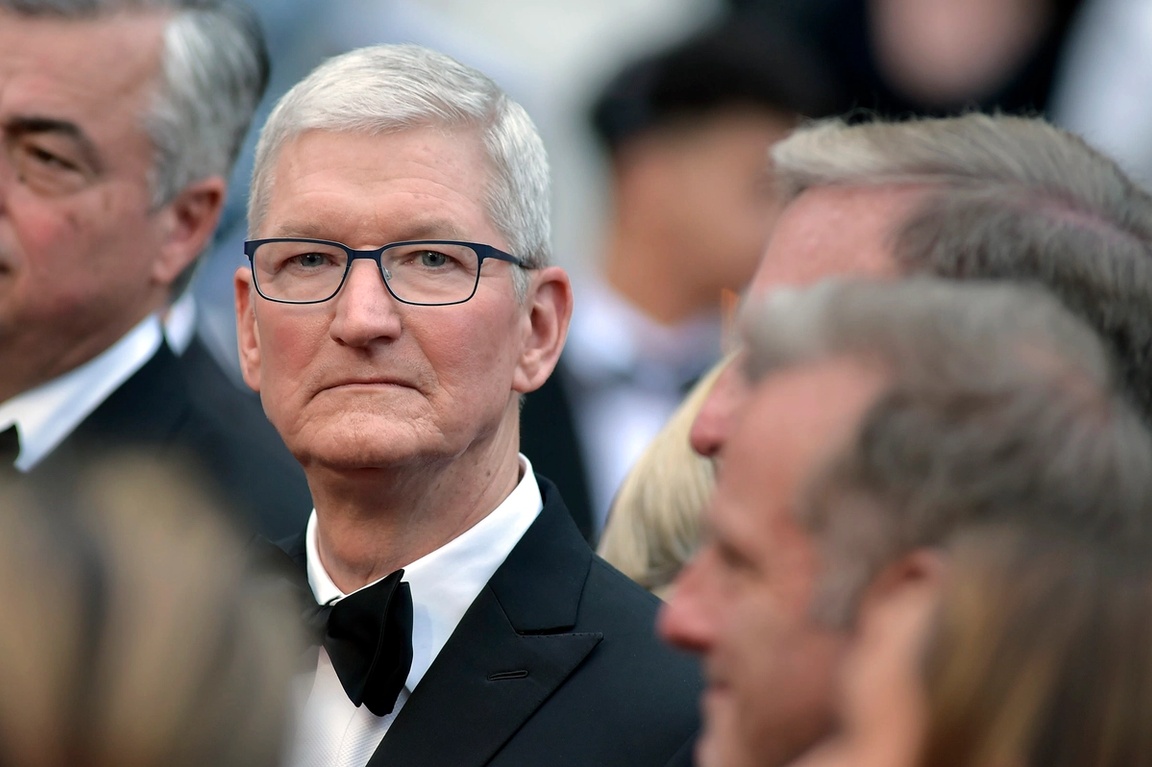THE NEWS Among the flurry of U.S. antitrust pressures on big technology companies, the Department of Justice’s long-awaited lawsuit against Apple is one of the few that highlights the financial costs to consumers. “Consumers should not have to pay higher prices because companies break the law,” Attorney General Merrick Garland said Thursday. Apple charges up to about $1,600 for an iPhone, around $400 more than the average weekly earnings for a U.S. worker. Other government lawsuits against Google and Facebook have targeted services or platforms that are free for users. “This lawsuit threatens who we are and the principles that set Apple products apart in fiercely competitive markets,” Apple said. REED’S VIEW When I started covering Apple for The Washington Post in 2019, a different antitrust case revealed to me that the inner workings of the iPhone maker were much different than its public image. One of the first stories I covered then was Apple’s lawsuit against Qualcomm, which was accused of having a wireless modem monopoly and overcharging companies for the device. Apple paid Qualcomm about $7 per phone. The opening arguments in that trial were riveting. Apple’s slide presentation included a photo of Radar O’Reilly, the comic relief radio operator from M.A.S.H. That was Qualcomm, Apple’s lawyers argued, the company that simply operated the radio on Apple’s otherwise sophisticated device.  Rocco Spaziani/Archivio Spaziani/Mondadori Portfolio via Getty Images Rocco Spaziani/Archivio Spaziani/Mondadori Portfolio via Getty ImagesThen it was Qualcomm’s lawyers’ turn. They revealed bombshell documents that had not been publicly seen before; Apple’s lawyers had accidentally sent them to Qualcomm. The documents showed that Apple’s lawsuit was years in the making, part of a masterful plan to target Qualcomm and thus reduce their $7 per iPhone fee. Apple’s executives openly discussed how Qualcomm’s technology was the best in the business and impossible to replicate. Apple had tried to replace some of Qualcomm modems with a different model made by Intel. But Qualcomm chips were so much faster that Apple had to secretly throttle them so that all of its phones would operate at the same level. Qualcomm didn’t even get to finish its opening arguments. Apple backed down and settled with the company. Those documents were my first peek behind the Cupertino curtain and they were telling. Every company has its marketing spin, but the gulf between how Apple presents itself to consumers and how it operates internally was wider than I had imagined. Far from Radar O’Reilly, the Qualcomm modems were actually essential and incredibly sophisticated. Apple had opened an office in San Diego and lured away many of Qualcomm’s experienced engineers in hopes of building its own modem. Later, it acquired Intel’s modem division for $1 billion. It’s been a 10-year effort and Apple still hasn’t built its modem. But Apple was willing to embark on a multi-year plan to destroy Qualcomm, the company that pioneered the wireless technology that enabled the iPhone’s existence, to shave a few dollars off the cost of the Apple devices. Reed’s take on how the Qualcomm case is tied to the current lawsuit. → |
| 







